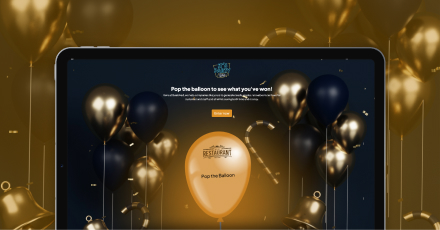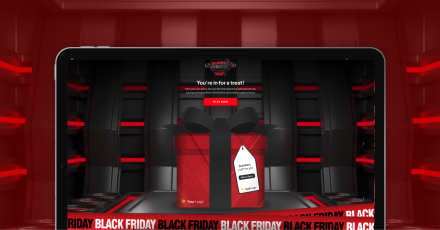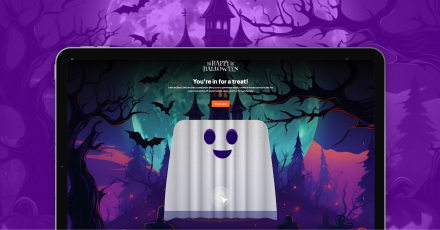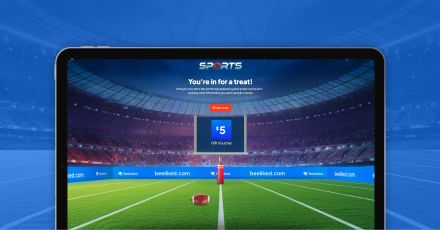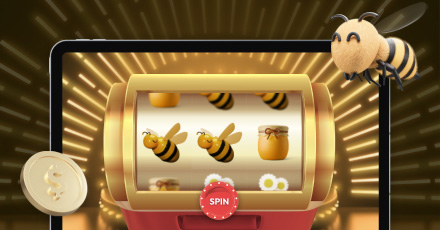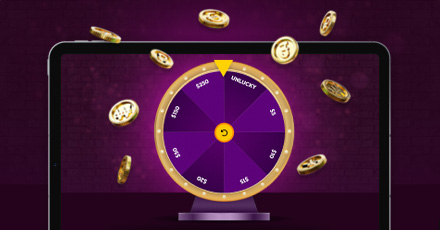It’s a low-cost, high-impact strategy that motivates employees to improve, inspires innovation, and increases productivity and retention. Whether you call it employee appreciation or employee recognition, implementing a thoughtful employee recognition culture goes far beyond material incentives to make employees feel valued. It doesn’t hurt that it also helps you retain employees, one of the key factors of long-term success.
U.S. organizations spend over $100 billion per year on incentive programs yet still struggle to retain employees. Gift cards and other financial rewards are nice, but when most employees say they prefer to receive recognition, it’s time to sit up and listen.
Does your organization have an employee recognition program? If so, is it working the way it should? If not, why not? In this post, we’ll talk about how employee recognition is an important part of a manager’s role and what you can do, including implementing effective incentives, to ensure your employees get the thanks they crave and deserve.
What is Recognition?
Recognition is simply acknowledging someone’s performance. Employee recognition aims to reinforce positive behaviors, practices, and/or activities that result in better performance and business results.
It’s long been assumed employees equate job satisfaction with successfully completed tasks. But multiple studies and surveys consistently show recognition is a top driver of employee engagement and happiness.
In fact, the #1 reason people give when they leave a job is lack of recognition.
Benefits of Employee Recognition
It’s human nature to want to be held in high esteem by one’s peers. Being acknowledged for a job well done is one of the best and easiest ways to win respect. While many still equate reward and recognition with monetary bonuses, less expensive or glamorous heartfelt rewards like a simple “thank you” or receiving praise in a company newsletter carry just as much weight.
Along with improved retention rates, other benefits of initiating an employee recognition program include:
- Happier employees. As the saying goes, happy employees are productive employees. A culture of recognition gives employees the feeling they can master any element of their job and are a great fit for your organization. Happy employees are also more loyal and willing to collaborate. A workplace environment that fosters positive reinforcement and constructive feedback are crucial to success and growth.
- A culture of self-improvement. Closely tied to having a sense of purpose, cultivating a culture of self-improvement strengthens your workforce’s commitment to helping you succeed. Providing employees with opportunities to learn and become better at what they do makes them feel good about themselves. It brings you untold rewards in the way of productivity and results.
- Morale boosting. The way leadership manages employees plays a significant role in motivation. Recognizing an employee’s hard work with sincere words of thanks, gratitude, and praise can be an authentic way to show appreciation and respect. While these small gestures can seem quite trivial, they’re some of the best and most cost-effective ways to manifest employee recognition.
A well-implemented employee recognition program has the power to transform your organization and the people who work there. There is little to lose by making recognition a top priority and so much to gain.
Top Tips for Employee Recognition
All good organizational programs start with a plan. The most effective approach to employee recognition is one where everyone from leadership down is involved in acknowledging efforts and results.
The goal of recognition is to strengthen and highlight what you wish an employee would do more. Employees will differ on which form of acknowledgment works best for them, but these tips are some of the best and most meaningful ways to give employees shout-outs.
- Rewards and recognition should be aligned with employee performance. For instance, if you have a new initiative, you’d like employees and/or teams to focus on, set up a rewards program tied to how well they carry out the project.
- Offer unique rewards that incentivize employees to work harder and smarter. Be sure the rewards reflect your organization’s unique culture. What is the best way to do that? Ask employees what they’d like to receive! Some place value on social events, others like extra time off.
- Recognize both large and small achievements. Major accomplishments are worth celebrating, but most are made up of smaller milestones along the way. A tiered recognition system helps employees feel supported and motivated throughout a project’s lifespan.
- Celebrate employee appreciation day on the first Friday in March. This extra-meaningful collective gesture is a terrific way to encourage bonding and ensure everyone feels included. Again, it’s great to seek feedback from employees on how they’d like to celebrate. Some organizations might host an outing, while others organize a volunteer day.
Showing Recognition Through Incentives
Is there a difference between recognition, incentives, and rewards? Yes.
- Recognition is a discretionary act that aligns with the company’s core values.
- Incentives always have a set time period, a measurable action or goal, and an associated reward.
- Rewards are gift cards, perks, cash, or non-financial rewards earned through completing an incentive.
Traditional incentive programs are contests usually limited to a specific group, such as sales, where employees compete to win prizes. Recognition programs acknowledge the accomplishments of all employees. Fun and exciting experiences help build morale, increase employee engagement, and energize the workplace.
Gamification is a tool that makes incentives more fun. It helps employees reach goals and objectives and rewards them for improving their skills and contributing to your organization’s prosperity. It can be successfully used in just about any industry or department.
BeeLiked’s gamification solutions can be used to incentivize employees by offering them meaningful rewards for good job performance. Games like Digital Scratch Card are great for driving sales, while “Quiz Creator” and “Spot the Ball” are terrific engagement and educational tools that can help you attract quality talent and optimize workflows.
A Healthier Company Culture Through Employee Recognition
All managers need to understand the basic importance of employee recognition: it can be one of the best ways to engage your team across the board.
The good news is that showing employees through rewards that you appreciate and value their contributions to your organization doesn’t take a lot of time or money. Make sure your employees feel recognized and valued for their work, and everyone, including your customers, will benefit.
About BeeLiked
BeeLiked can create bespoke, personalized gamification incentives for your team, unlock your team’s potential with gamification tailored for them, and engage them in ways that resonate and make a difference. To learn more about BeeLiked’s customizable gamification solutions and to set up a no-obligation discovery call, get in touch with us today.
